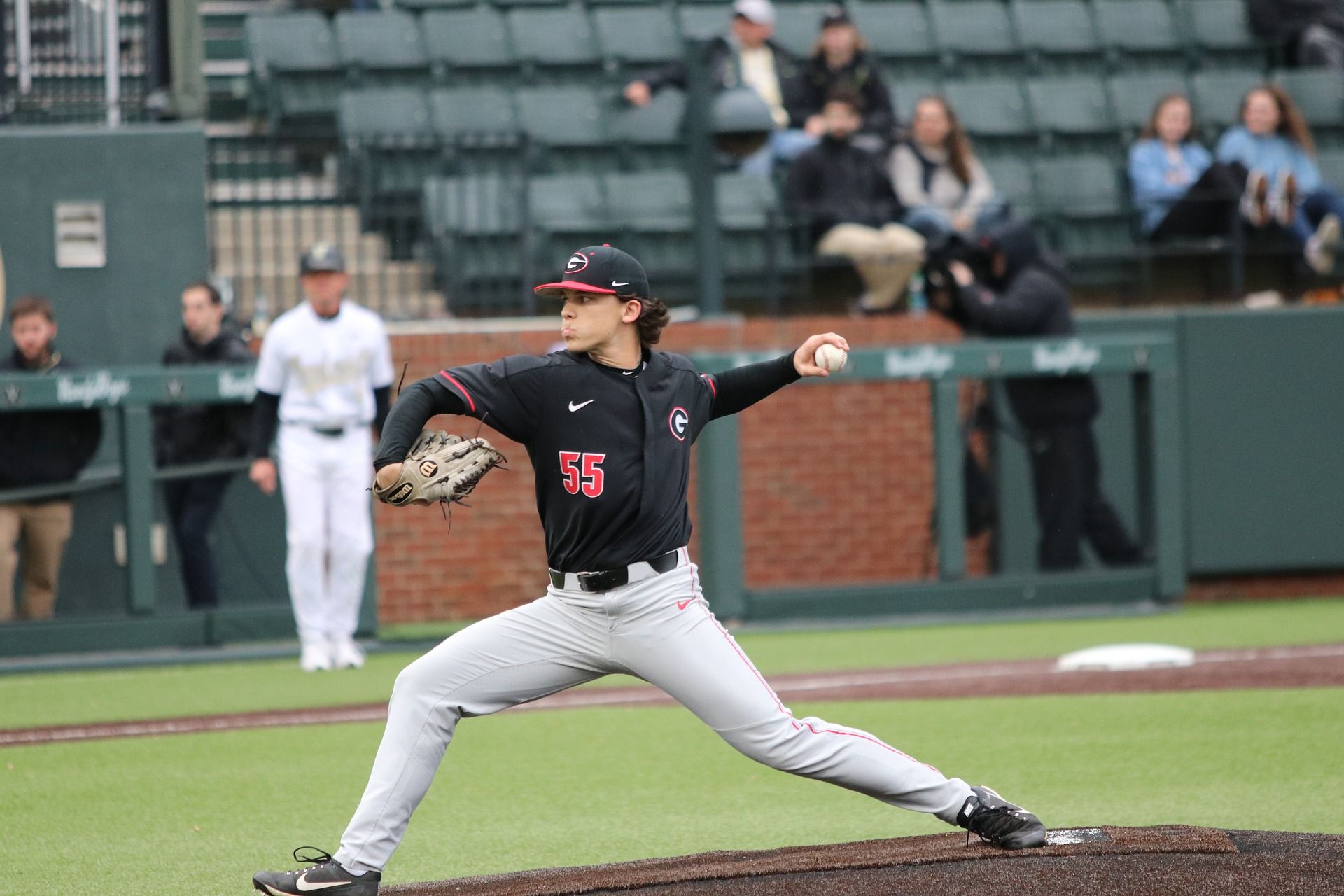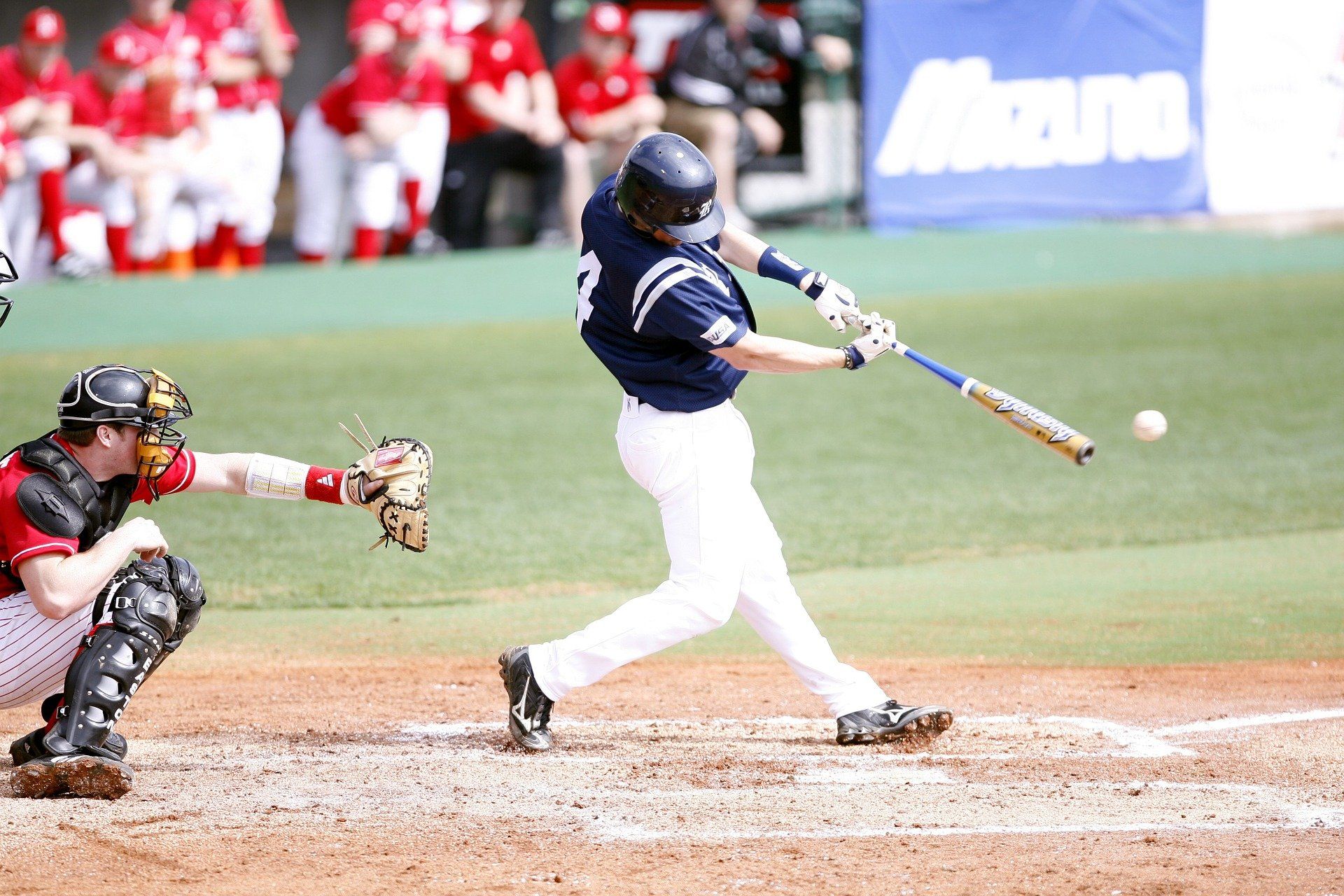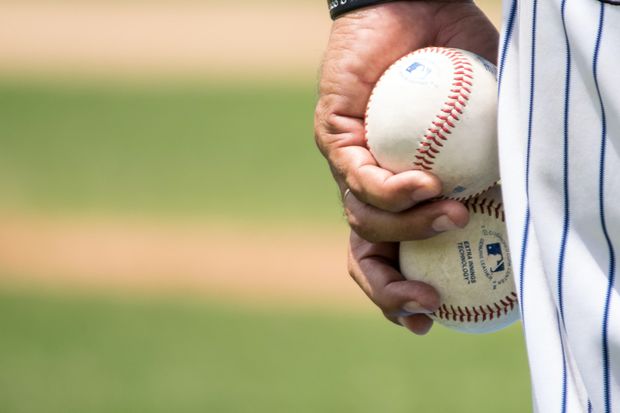On the surface, the mechanics of hitting a baseball seem pretty straightforward: basically, keep your eyes on the ball and swing. But when you delve into the physics of baseball and what is actually happening when a batter gets a hit, you find that it’s a bit more complicated—and impressive—than that.
Consider the act of hitting an MLB-level fastball. The ball is traveling in excess of 90 mph, spinning around 20 times per second. Put simply, that’s super hard! With that in mind, let’s explore the physics of baseball that go into hitting a fastball.
[And by the way, if you're into sports trivia, you'll love our Sports Trivia flashcards. And to go deeper into the science of this article, check out Brainscape's Physics 101 flashcards.]
The physics of baseball
In Major League Baseball, the distance between the mound where the pitcher stands and home plate is 60 feet and 6 inches. The average MLB fastball traverses this distance in between 1/3 and 1/2 of a second. Snap your fingers. That’s more than the amount of time the batter has to assess the pitch, decide whether or not to swing, and make his move.
As an added frame of reference, one third of a second is also about the amount of time it takes to blink. That’s crazy. So do you think you could hit that MLB-level fastball?
According to Dr. Glenn Fleisig at the American Sports Medicine Institute in Birmingham, Alabama, “Shoulder rotation in baseball pitching is the fastest motion of any joint in any athlete.” From the cocked back position, Fleisig has measured that the forward snap until the ball is released takes about 0.03 seconds (and puts a huge amount of force on the ulnar collateral ligament, which is the cause of many pitcher injuries). Forget physics; that in itself proves just how impressive a single baseball pitch is from an athletic perspective.
The physics of baseball, especially of a fastball, is actually quite complex. One of the biggest reasons for this is the shape of the ball. A baseball is made of cork wrapped in cowhide that is stitched in place. Because they cause additional friction with the air, these stitches can have an important impact on the path a baseball travels through the air. The force that acts on a ball due both to this friction and to rotation is similar to the force that acts on the wing of an airplane.
The magnus force

A fastball in the Major Leagues can rotate at up to 1200 rpm. As a thrown baseball rotates, it creates differential pressure around the ball, which exerts a force that changes the path. This force is called “The Magnus Force.”
A forward-upwards spin causes lower pressure above the ball, exerting an upwards force that slows the descent of the ball. On the flip side, a forward-downwards spin causes a ball to drop towards the ground. Spin to the side will cause a ball to cut left or right, and can confuse the batter.
By using different grips and different throwing mechanics, a pitcher can generate many different kinds of pitches. These tricks—along with speed—are the basic elements in a pitcher’s arsenal.
Hitting is all about timing

Good eyesight. Concentration. Experience. Reflexes. All of these are needed to hit a baseball at the Major League level. The average hitter needs about 50 milliseconds to instinctively assess the speed and location of an incoming pitch. To squarely hit a fastball, everything has to be perfect. If you swing 7 milliseconds too early or 7 milliseconds too late, it’s likely to be a foul ball.
It doesn’t help that you’re trying to hit a round ball with a round bat, squarely!
Due to vibrational physics, each baseball bat has a “sweet spot.” If you hit the ball there, the maximum momentum will be transferred to the ball (rather than being transferred into wasted vibrational energy that will shake the bat like crazy). The sweet spot can vary depending on how each bat is gripped.
When a ball is hit squarely, the bat compresses it to around half of its normal thickness. That doesn’t last long, as the ball only has contact with the bat for around 1/1000th of a second. A typical bat striking a ball can exert as much as 8000 lbs of force, propelling the ball to over 100 mph—the speed needed for a home run.
Once the ball is up in the air, then it's pretty much standard mechanical physics with parabolas, gravity, air resistance, and deceleration to predict whether the ball has the oomph and height to clear the fence for a homer.
It all sounds pretty superhuman. The physics of baseball is wild ... and all we can say is "wow".
